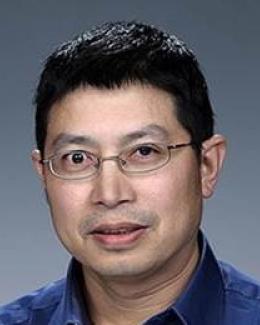Abstract
Laser powder bed fusion (L-PBF) additive manufacturing (AM) is a key enabling technology to manufacture highly complex and integrated metallic structures. In L-PBF AM process, the melting of the metal powders and the layers underneath can be governed by either “conduction mode” or “keyhole mode”, with the keyhole mode reportedly leading to porosity and decreased strength and ductility by many studies. In part scale simulations, finite element (FE) model is often used to study the temperature distribution during printing and to predict the residual stress, where a volumetric heat flux with a Gaussian or a double ellipsoidal (Goldak) distribution is often applied as the laser heat source. However, the above heat source models can only capture the melt pool shape in the conduction mode, and fail to capture the transition to keyhole melting mode when the process parameters change. To overcome this inaccuracy, an extended Goldak heat source model is proposed by introducing a laser penetration term as a function of laser parameters obtained from a Gaussian-Process (GP) model. The model is validated by “2D pad” AlSi10Mg L-PBF experiments under a wide range of laser power, scan speed, and laser focus offset, and the results show the model successfully captures the measured melt pool shape in all conditions.




